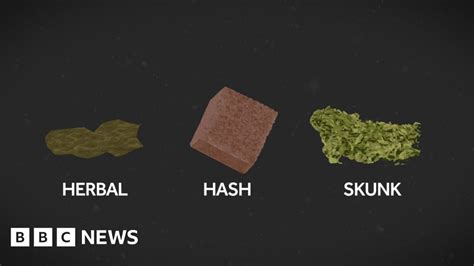Skunkvine, scientifically known as Paederia foetida, is a topic of significant interest in Florida’s ecological discussions. This woody vine, capable of extending over 30 feet, is notorious for its foul odor, reminiscent of sulfur or rotting cabbage, released when the plant is crushed. Despite its invasive status in Florida, having been introduced from Asia with the initial hope of being a potential fiber crop, skunkvine’s impact on local ecosystems is a subject of debate.

The plant’s common names, such as skunkvine or stinkvine, aptly describe its pungent smell. The compounds in the leaves, which produce this distinctive odor, have led many to question the plant’s role in Florida’s natural habitats. Skunkvine’s adaptability to various soil conditions, light, and salinity levels makes it a formidable presence in landscapes, often leading to overgrowth in wild areas. It’s known for creating dense canopies, potentially overshadowing native plant species.
However, there may be more to skunkvine than its invasive reputation suggests. Its presence in disturbed as well as undisturbed native plant communities, including diverse environments like rockland hammocks, upland mixed forests, swamps, and floodplains, indicates a certain ecological resilience. Whether this resilience is beneficial or detrimental to Florida’s ecosystems remains a topic of investigation.
Interestingly, skunkvine is not just a concern in the United States. It has also naturalized in regions like Mauritius, Reunion, Sri Lanka, New Guinea, and Hawaii. In these areas, it occupies various habitats, from mesic forests to subalpine woodlands, showcasing its adaptability.
The skunk vine’s reproductive capabilities add to its invasive potential. It can reproduce both vegetatively and via seed, with stems that readily root in soil. Its small, light grayish-pink or lilac flowers with red centers and spherical, shiny brown fruits containing black seeds are distinctive features. Given these characteristics, it’s listed as a Category 1 invasive by the Florida Exotic Pest Plant Council.
Considering its widespread impact and the need for effective management strategies, the UF/IFAS Extension Baker County, Florida Museum, and the University of Florida IFAS have provided valuable insights into skunkvine’s characteristics and management. As research continues, it might be premature to definitively label skunkvine solely as a nuisance or a natural marvel, as its role in Florida’s diverse ecosystems is still being unraveled.